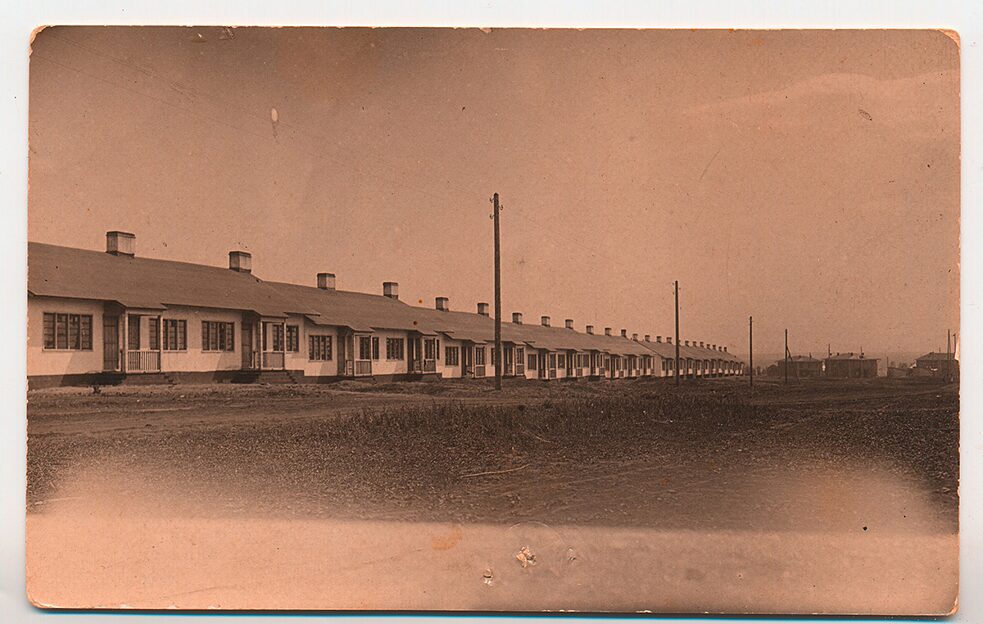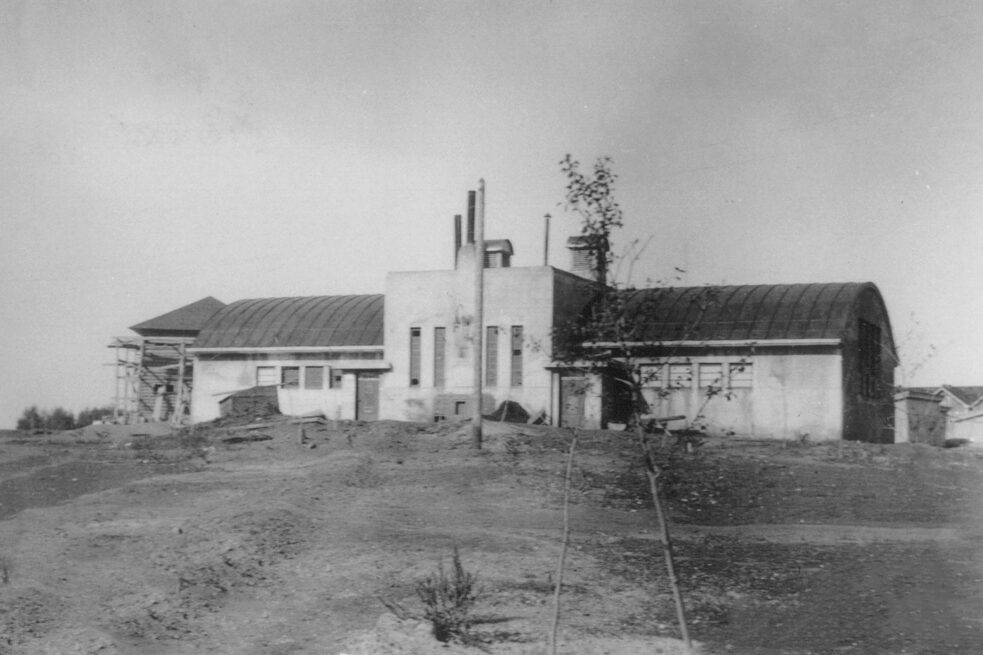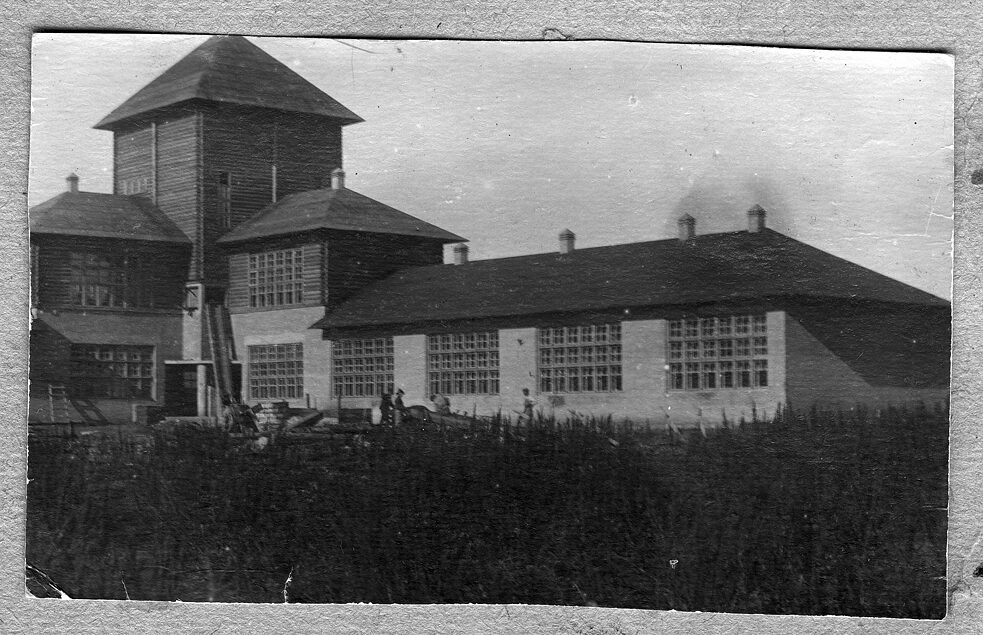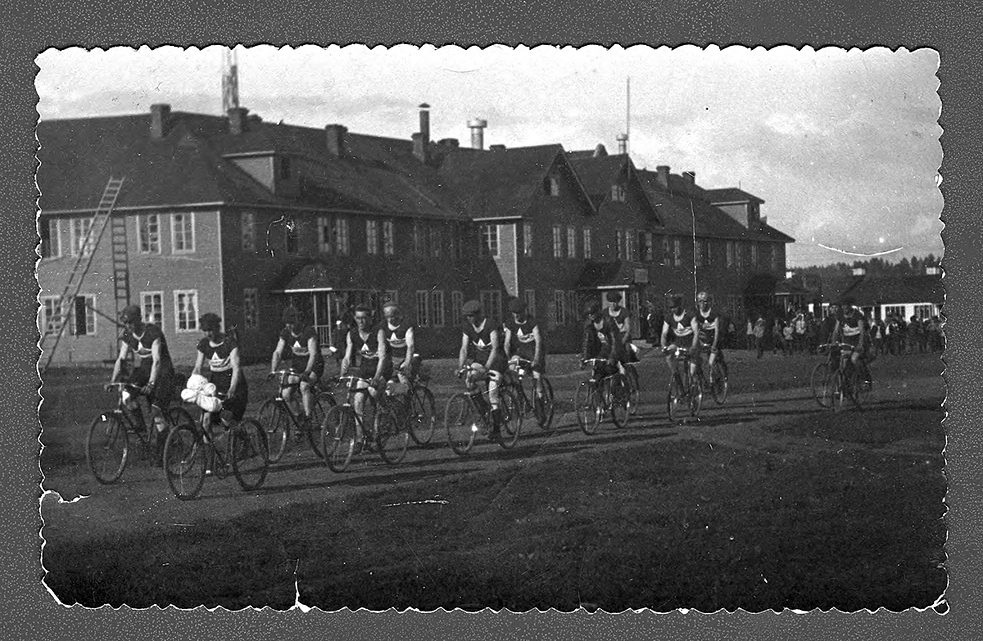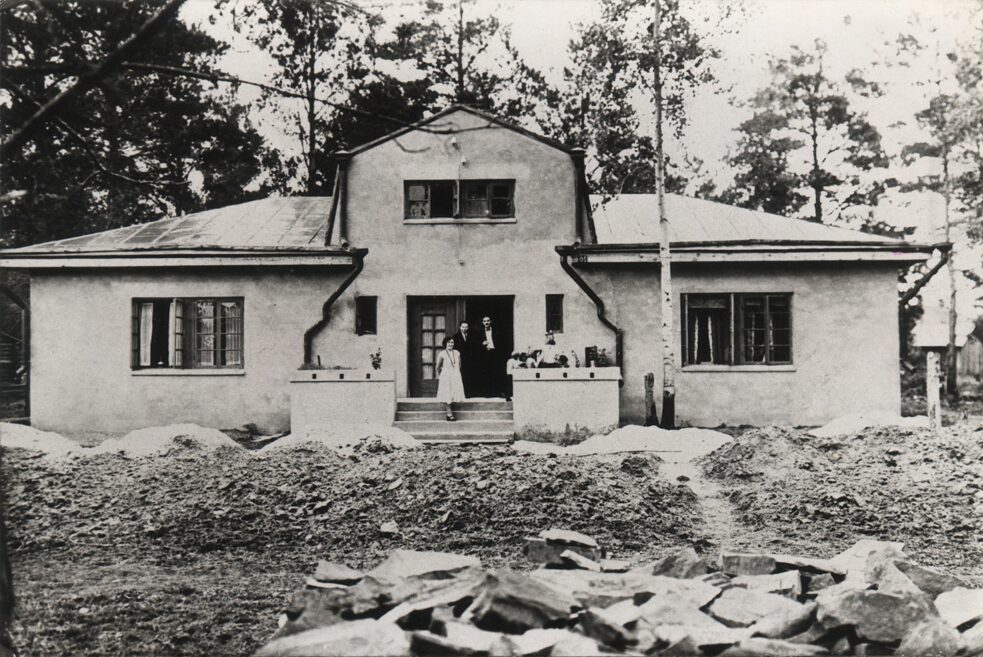Kuzbass Autonomous Industrial Colony
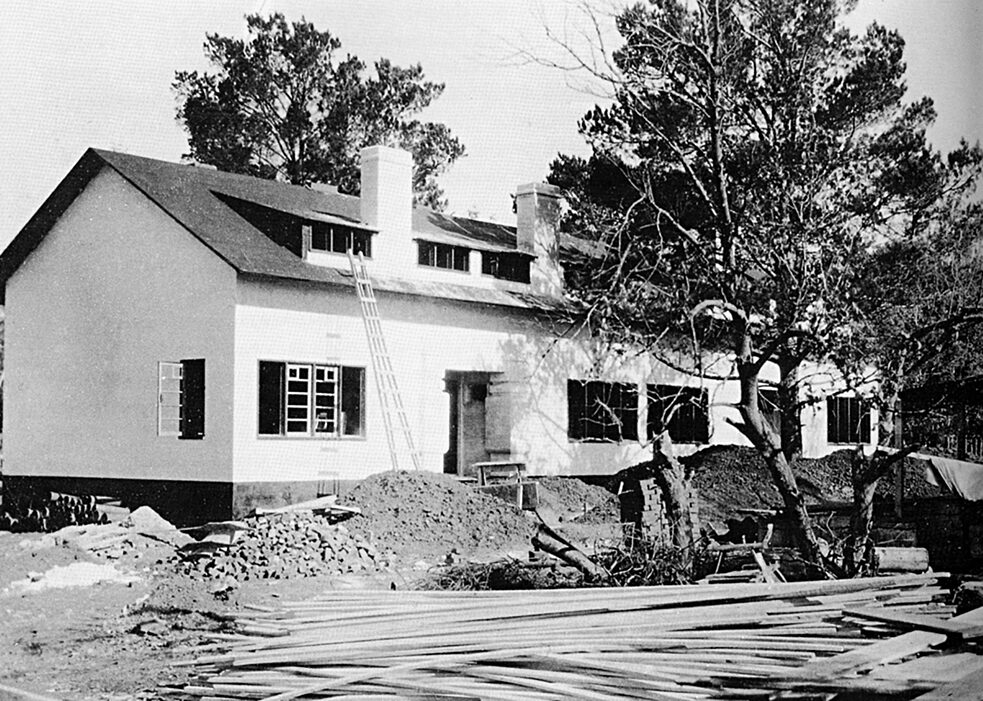
Can a radical leftist colony exist? The answer is yes.
The AIC (Kuzbass Autonomous Industrial Colony) was a social experiment conducted in 1921-1927 in the territory of present-day Kemerovo. AIC Kuzbass was a workers’ colony formed by a group of leftist activists who came to Russia from Western countries. In 1921, a team of foreign industrial workers guided by the Dutch socialist Sebald Rutgers, the leader of the American trade unions Bill Haywood, and the founder of the socialist colony Liano del Rio in California Herbert Calvert, initiated an international colony in the area of the Kuznetsk coal basin. In 1921-1922, the colony functioned according to the principles of anarchy, with Bill Haywood as its leader. In the subsequent years, the colony switched to the socialist principles under the guidance of Sebald Rutgers.
AIC’s Finnish inhabitants built one of its first commune buildings, a huge wooden building, the shape of which was typical of Scandinavian architecture. The colony implemented a well-equipped collective farm and finished and launched a coke plant, which became the enterprise that formed the would-be city of Kemerovo. The invited Dutch architect Johannes van Loghem deployed massive construction of sturdy residential houses and public buildings in the region of the Kemerovo mine.
Van Loghem managed the implementation of a number of architectural projects of standard functional constructivist housing – the European-type string houses consisting of one-story blocks equipped with modern conveniences. There were 24 blocks in total. During construction, the brick walls were erected according to the Gerard system; empty walls were filled with insulating material, slags. The other type of housing was residential houses for employees; four adjacent two-story apartments (duplexes) with a complete set of conveniences, which were very much like typical Dutch houses with a mezzanine floor.
In the projects of architect Johannes van Loghem, the style of architectural functionalism were enriched with local construction technologies. Furthermore, direct adaptations of traditional local architecture were applied to European living standards; the familiar wooden five-wall house of Russian villagers became standardised, but ceiling height and window size were increased. The tradition of European functionalism deprived the traditional Siberian dwelling of its energy efficiency, which was crucial given Siberia’s severe environmental conditions. The development of the Kemerovo mine area and of the city’s left bank according to the projects of European architects marked the first time that methods and approaches of Western European functionalism were adjusted to Siberia’s natural and climatic conditions.
